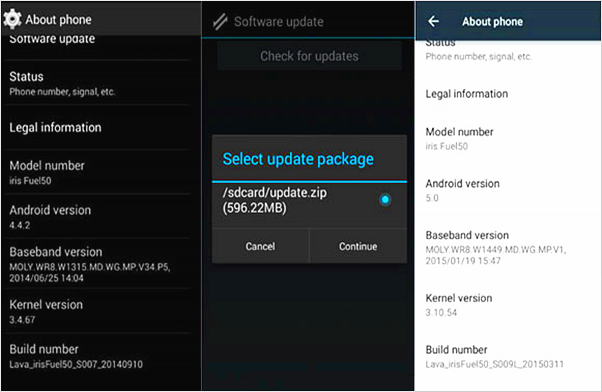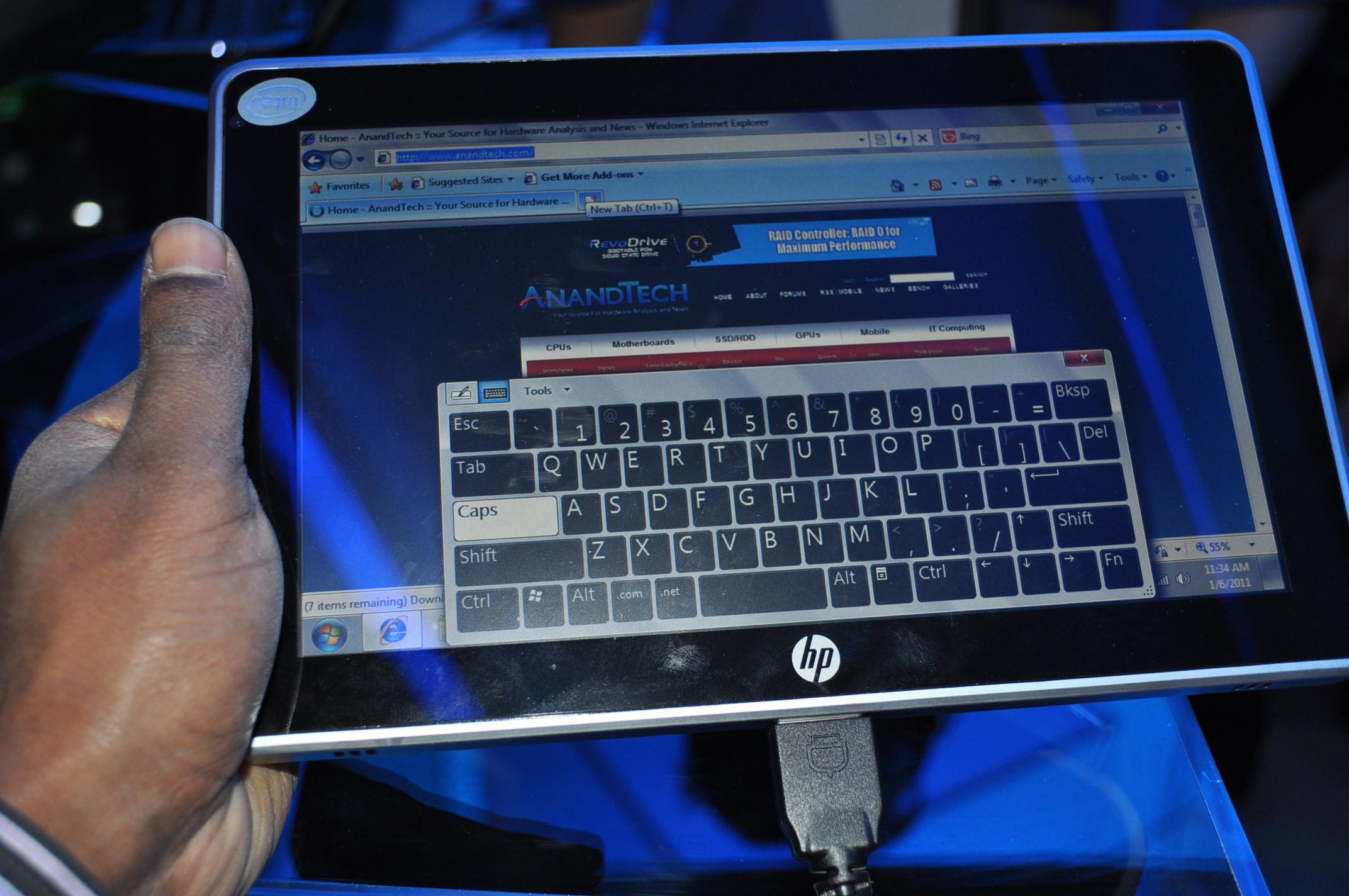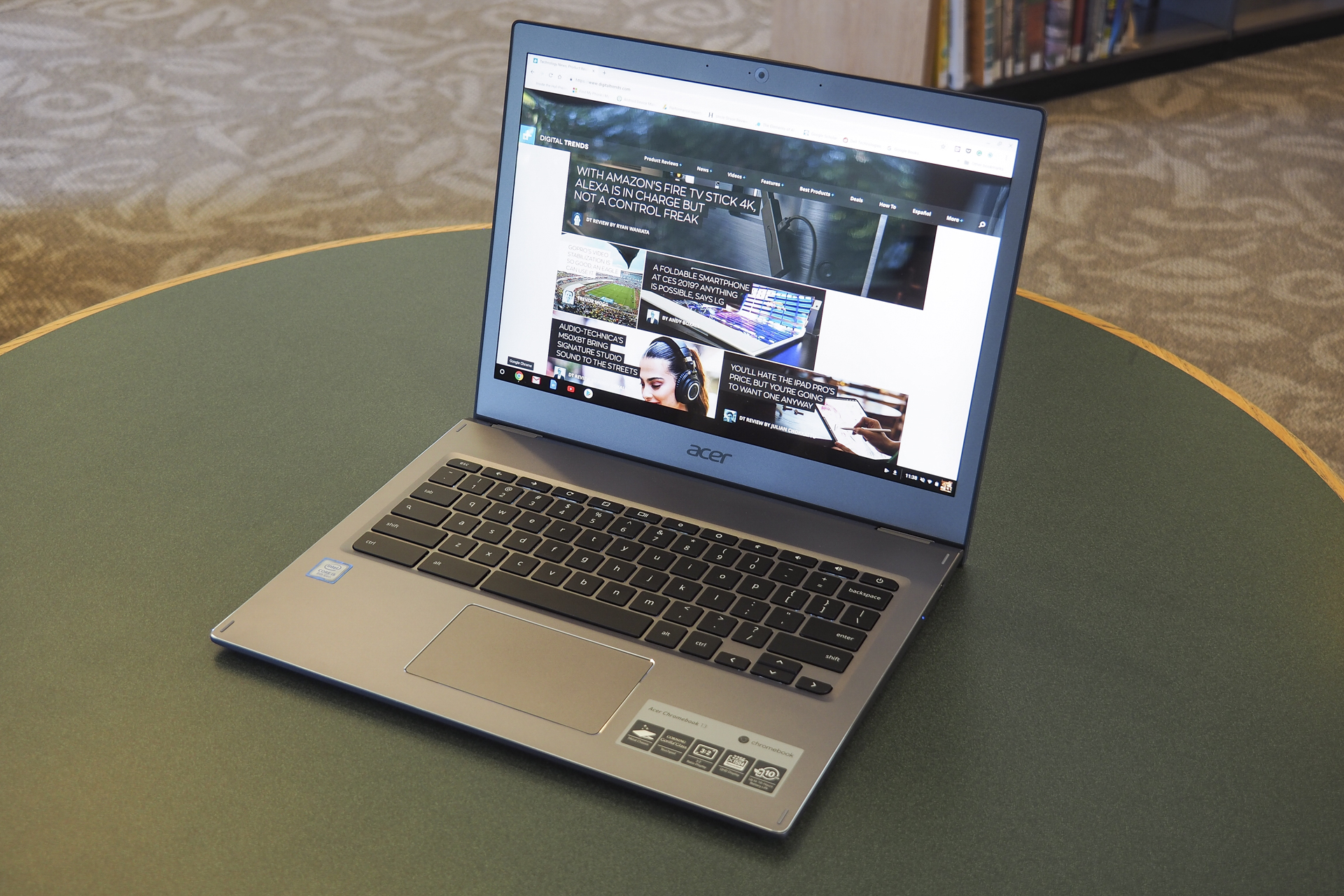Android upgrades are a pivotal aspect of the smartphone experience, directly affecting how users interact with their devices over time. The significance of receiving timely updates cannot be overstated, as they not only enhance performance but also ensure that users have access to the latest features and security patches. However, not all Android device manufacturers are equal in delivering these vital software update supports, leading to varying experiences for consumers. From the highly acclaimed upgrades that followed Android KitKat to the more lackluster responses observed from other companies, it’s crucial to stay informed about each brand’s Android update schedule. In this evolving landscape, understanding each manufacturer’s commitment can guide potential buyers in making informed decisions about their next Android device.
When it comes to mobile operating system enhancements, timely software refreshes play a crucial role in maintaining device performance and user satisfaction. Android updates, also known as OS rollouts, are essential for ensuring that users benefit from the latest features and security enhancements. Different smartphone manufacturers handle these refreshes with varying levels of efficiency and transparency, which can cause frustration among their customers. Whether you’re considering an update to a legacy device or looking to buy the latest model, it’s important to know how each brand prioritizes upgrade commitments. Staying abreast of the latest progress in Android’s evolution can significantly impact your overall user experience and device longevity.
Understanding the Importance of Android Upgrades
When purchasing an Android device, one of the fundamental concerns for many consumers is the frequency and reliability of software upgrades. Android upgrades are not just about accessing the latest features; they also encompass critical security updates that can protect users from vulnerabilities. An efficient upgrade schedule can significantly enhance a device’s lifespan, keeping it functional and secure long after its release. This means that selecting a manufacturer known for timely updates can lead to a more satisfying user experience. Moreover, the level of software update support provided by manufacturers often reflects their commitment to customer satisfaction.
Beyond security enhancements, Android upgrades often improve overall device performance and introduce new functionalities that enrich user experience. Whether it’s smoother operation, enhanced battery life, or new user interface features, these upgrades are essential for ensuring that users continue to get the most out of their devices. For example, the transition from Android KitKat to subsequent versions brought significant improvements, making devices more efficient and easier to use. Thus, when evaluating potential Android devices, considering manufacturers’ track records regarding upgrades and update schedules is vital.
Android Update Schedule: Who Delivers and Who Does Not?
The Android update schedule can vary significantly from one manufacturer to another, which can be frustrating for consumers who expect prompt access to new features and essential updates. Companies like Motorola and Google have established a reputation for delivering timely updates, often pushing out new versions within weeks of their release. This is particularly evident in their handling of the Android KitKat upgrades, where users of devices like the Moto X saw software rollouts that outpaced even some Nexus models. In contrast, manufacturers like Samsung and HTC have faced criticism due to their sluggish update processes, leaving many users in the dark about when—or if—their devices will receive the latest version of Android.
In addition to proactive upgrades, companies’ transparency regarding their update schedules also plays a crucial role in customer satisfaction. A clear and consistent communication strategy can help alleviate concerns during the waiting period, allowing consumers to feel more secure in their choice of device. For instance, while Samsung’s Galaxy S4 users may have initially faced delays in receiving KitKat, information shared by the company helped manage customer expectations, even if the actual rollout lagged. It’s essential for users to stay informed through official channels as they navigate the complexities of the Android update ecosystem.
Evaluating software update support offers clarity on what to expect from a manufacturer’s commitment to their customers. This awareness is crucial when choosing between various options in a competitive Android marketplace.
The Role of Android Device Manufacturers
Different Android device manufacturers approach upgrades with varying degrees of commitment and effectiveness. For instance, while companies like Google and Motorola exhibit strong dedication to their users through consistent and timely updates, others, like LG and Asus, have struggled to match these standards. This discrepancy is exemplified in how quickly these companies pushed out Android KitKat upgrades following its release. While Motorola swiftly updated their devices, Asus took nearly four months just to announce their plans, leaving users wondering about their potential upgrade path.
This differentiation in performance underscores the importance of aligning consumer expectations with manufacturers’ track records. A manufacturer’s history with software update support should not be overlooked, as it could significantly impact the usability and longevity of a device. Purchasing a device from a manufacturer that communicates effectively about Android upgrades will provide reassurance that you won’t be left waiting indefinitely to enjoy essential enhancements.
Insights into Android KitKat Upgrades
Android KitKat upgrades served as a critical juncture for many manufacturers, showcasing their ability—or lack thereof—to keep pace with the rapid evolution of Android software. Motorola, for instance, received high marks for quick implementations, having prioritized upgrade paths for many of its devices. On the flip side, manufacturers like Sony and Acer fell short, demonstrating a slower response to upgrading their products, which disappointed many loyal customers. This highlights the necessity of scrutinizing how past performance can shape future expectations concerning Android upgrades.
Understanding Android KitKat upgrades also illustrates the broader context of device support. While many flagship devices received prompt updates, others were inexplicably left behind, underscoring the random nature of upgrade schedules that varies widely across different models and manufacturers. Additionally, issues such as lack of communication and unclear update timelines from various brands can lead to a sense of abandonment among users, reminding us that a manufacturer’s reliability goes beyond product quality and into the realm of consumer trust.
Best Practices for Receiving Timely Android Upgrades
To ensure you receive timely Android upgrades, it’s crucial to choose a device from a brand known for its strong software update practices. Doing thorough research into manufacturers’ history with past upgrades will give you insight into their commitment to customer support. Whenever possible, opt for devices labeled as Google Play Editions or those from manufacturers partnered with Google, as these models typically receive updates more promptly. Regularly checking for updates and subscribing to manufacturer notifications can also aid in staying informed.
Moreover, actively engaging in user communities can provide additional insights into upgrade trends and timelines. Participating in forums or following tech review sites can keep you in the loop about other users’ experiences concerning software updates. Being proactive can help alleviate some of the frustrations often associated with waiting for upgrades as you will have a better understanding of when they may be available.
The Future of Android Upgrades: What to Expect?
The future of Android upgrades is poised to evolve, particularly as manufacturers recognize the significance of timely updates in retaining customer loyalty. With competitive pressure mounting against rivals like Apple, which offers smoother upgrade paths, Android device manufacturers may soon enhance their update strategies to meet user demands. Subsequent Android versions are likely to continue the trend toward improved responsiveness in delivering updates, which is beneficial for both manufacturers and consumers alike.
As the industry gears up for more innovation in software development, consumers can expect a more transparent upgrade process. Enhanced communication regarding the Android update schedule and more robust software upgrade support will likely become hallmarks of leading manufacturers in the market. As for past discrepancies, they may serve as critical lessons for brands to adapt and ensure paths exist for all devices to receive the software updates they need for an optimal user experience.
Communicating with Customers: The Key to Upgrade Satisfaction
Effective communication can significantly influence customer satisfaction regarding software updates. When manufacturers maintain open lines of communication about Android upgrades, it not only enhances user confidence but also builds a loyal customer base. By providing continuous updates on expected timelines for upgrades, manufacturers like Motorola have set positive benchmarks for others to follow. This communication is particularly critical during long wait periods, where ambiguity can lead to frustration and dissatisfaction among users.
Furthermore, direct channels for feedback can allow manufacturers to gauge their customers’ experiences and expectations concerning upgrades. This engagement encourages brands to adhere to users’ demands and make necessary improvements in their processes. Companies that prioritize transparent communication enhance their reputation and garner trust, ensuring users feel valued and informed throughout the upgrade process.
Consumer Strategies for Navigating Android Upgrades
When navigating the complex world of Android upgrades, consumers should adopt strategic approaches for staying informed and proactive. Regularly checking official manufacturer websites for announcements can provide clarity on the timing and availability of upcoming upgrades. It’s also wise to join user communities, where insights and experiences can be shared among peers—this can lead to discovering helpful tips or solutions related to software updates.
Moreover, staying updated on the latest technological developments can empower consumers to make informed purchasing decisions. By understanding the importance of software update support before buying an Android device, users can select models from manufacturers with a proven record of timely upgrades. When consumers prioritize devices that align with their upgrade expectations, the likelihood of satisfaction increases exponentially.
The Impact of Android Upgrade Decisions on Brand Loyalty
Decisions surrounding Android upgrades can have a profound impact on brand loyalty. Consumers are likely to remain loyal to manufacturers that demonstrate a consistent track record of delivering timely updates, as this instills confidence in ongoing device performance and security. Conversely, manufacturers that falter in their upgrade commitments risk losing the trust of their customer base, potentially impacting future sales as users become frustrated with lack of support.
As the Android landscape continues to evolve, those manufacturers who prioritize efficient update processes and maintain open communication will foster a much more loyal customer following. Users today are more informed than ever; they take note of how well a brand supports its devices long after the initial purchase. Companies that neglect their upgrade responsibilities may find themselves struggling to retain customers and competing in a rapidly evolving market.
Frequently Asked Questions
What is the Android upgrade schedule for new devices?
The Android upgrade schedule varies by manufacturer, but typically, most major brands promise updates for at least 18 months post-release for their flagship devices. This includes security patches and feature upgrades. It’s crucial to check with your specific manufacturer for their timeline, as some like Google and Motorola are known for prompt update rollouts.
How do Android device manufacturers perform on software update support?
Software update support among Android device manufacturers can differ significantly. Brands like Google and Motorola generally excel in providing timely updates, while companies like Samsung and Sony take longer to roll out upgrades. Researching a manufacturer’s history with Android upgrades can help you choose a device with better ongoing support.
Are all Android devices guaranteed to receive KitKat upgrades?
Not all Android devices are guaranteed to receive KitKat upgrades. While flagship models from manufacturers like Motorola and HTC may ensure upgrades, older or budget models often won’t receive significant OS updates. Always check the manufacturer’s upgrade policy regarding Android versions before purchase.
Which Android manufacturers are known for timely upgrades?
Manufacturers such as Google and Motorola are well-regarded for their commitment to timely Android upgrades, often leading the charge in rolling out the latest updates. In contrast, brands like Asus and Acer have faced criticism for delays and lack of communication regarding their upgrade paths.
What factors influence the delivery time of Android upgrades?
Several factors influence the delivery time of Android upgrades, including the device’s hardware compatibility, customization level of the operating system by the manufacturer, and the manufacturer’s willingness to invest in support. Carrier approvals can also extend the rollout duration for certain devices.
Can I check if my Android device will receive future upgrades?
You can typically check if your Android device will receive future upgrades by visiting the manufacturer’s official support site or forums. Major manufacturers often publish upgrade schedules or lists indicating which devices will receive updates and when.
What is the impact of software update support on Android users?
Software update support is crucial for Android users as it ensures access to the latest features, security patches, and performance improvements. Without timely updates, devices may become vulnerable to security risks, lag in performance, and miss out on new functionalities.
How does Android KitKat compare to previous versions in terms of upgrades?
Android KitKat introduced several enhancements over previous versions, including improved performance and battery management. Upgrading to KitKat is important as it ensures users benefit from these optimizations, alongside security updates. However, not all devices receive these upgrades uniformly due to manufacturer policies.
| Manufacturer | Upgrade Speed | Customer Communication | Support for Older Devices | Notes |
|---|---|---|---|---|
| Motorola | Fast (Less than 3 weeks for Moto X) | Transparent upgrade site | Commitment to older devices | Consistent updates and support. |
| Respectable (Less than a month for Nexus) | Limited due to not being a manufacturer | N/A | Some user complaints about older devices. | |
| Samsung | Slow (4-5 months for flagship devices) | Vague communications | Commitment to some older devices | Still a slow upgrade process overall. |
| HTC | Moderate (Around a month for 2013 One) | Good communication, ongoing updates | Two-year commitment for flagships | Excluded One X+ from upgrade. |
| LG | Slow (6 months for some devices) | Poor communication | Limited updates for older devices | Struggling to gain user confidence. |
| Sony | Slow (5 months for initial upgrades) | Vague information | Uncertain for many devices | Still running Jelly Bean for some models. |
| Asus | Very Slow (no updates yet) | Poor communication | Limited focus on certain devices | Upgrades are expected, but yet to arrive. |
| Acer | No change (only maintenance updates) | No significant updates or communication | N/A | Focusing on new devices instead. |
Summary
Android upgrades play a crucial role in ensuring that your device remains secure and functional over its lifecycle. Many manufacturers vary significantly in their commitment to providing timely updates, with companies like Motorola leading the charge, while Samsung and LG have shown slower progress. Understanding how each manufacturer handles Android upgrades can be the key to making informed purchasing decisions and getting the most from your device.



